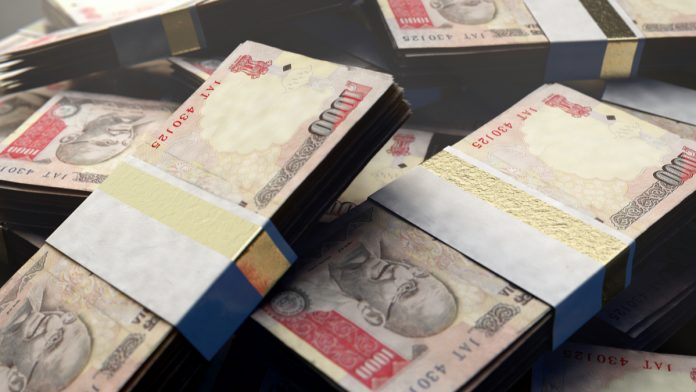- Indian Rupee (INR) advances pushing July’s gains to 1.2% despite a record number of coronavirus cases
- Foreign exchange reserves are elevated underpinning the Rupee
- US Dollar (USD) under pressure as investors
- US Dollar Indian Rupee (USD/INR) exchange rate hit a three-month high of 74.52
The Indian Rupee is advancing for a fourth straight session as investors shrug off surging coronavirus cases in India. Instead strong Indian equities, foreign fund inflows and a weak US Dollar are supporting the Rupee.
India sees Covid-19 cases reaching 700,000, passing Russia to become the third most infected country after recording a record 23,000 new daily cases on Monday. The death toll in India stands at 20,000. State government officials warned that the number of cases could reach more than 500,000 by the end of the month.
However, India’s accumulation of foreign exchange reserves, at more than $500 billion are proving to be a bright spot in the otherwise gloomy economy and are lifting the Rupee.
Reserves have been bolstered by a rare current account surplus in the first three months of the year and a return of inflows into the local stock market.
A strong foreign exchange reserve buffer is a cushion against market volatility. Furthermore, it gives foreign investors and credit rating companies additional comfort that the government can meet its debt obligations, despite a deteriorating fiscal outlook and ahead of the first economic contraction in more than 40 years.
Also supporting the Indian Rupee is the broader risk on mood in the market, which is also dragging on the US Dollar. Investors are growing increasingly hopeful that the Chinese economic revival could sustain the global economic recovery.
Investors across the globe brought into riskier assets such as stocks, boosting the Chinese stock market to a 5 year high. The Indian stocks market, the Sensex rallied 1.3%, with foreign investors net buyers.
Looking ahead investors will now turn their attention towards US ISM non-manufacturing data. Analysts are expecting the data to reveal that the sector is almost back in expansionary territory, recording 50 on the gauge, the level which separates expansion from contraction.





